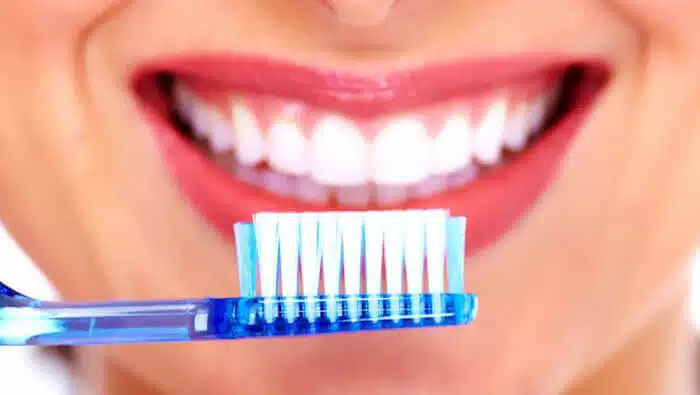
Brushing your teeth! Brush them at least twice a day. Brush after meals. But did you know when NOT to brush? Or how not to brush?
As a dental practice, we often focus on promoting brushing, but what you rarely hear is that sometimes, when or how, or with what type of brush, or toothpaste is what matters more.
Here are a few facts.
Consider your mouth’s environment
If you have just enjoyed a lemon wedge, a cup of coffee, or a glass of wine, then your mouth is going to be acidic. In this acidic environment, your enamel is at risk and a little “soft”. It is actually possible to damage your teeth if you brush immediately after drinking something acidic. It is better to wait 30 minutes and let your saliva do its job and return your mouth to a more neutral pH. Alternatively, you can drink a few sips of milk, or water to return your mouth to a safe level for brushing.
Watch out for certain toothpastes
Some whitening toothpaste, especially ones with baking soda, can cause gum damage. While whitening toothpaste is very effective, it can also cause gum recession if used too frequently. If you do use a baking soda-based toothpaste, alternate with a basic cavity protection toothpaste and watch your gum health!
Softer is better
A softer toothbrush is better for both your teeth and gums. While it may take extra time and attention, choosing a soft brush will leave you with a healthier smile! Hard toothbrush bristles can scratch your gums, and even “score” your teeth. It is always better to brush a little longer with a soft-bristled brush than rush with a hard one.
Brushing is the number one way to keep your smile healthy, clean, and white. Keep up the good work and remember when and how to brush! Would you like more real-work oral-care tips? Check out this article.
Dr. Brandon Schmidt | 15-March-2022

